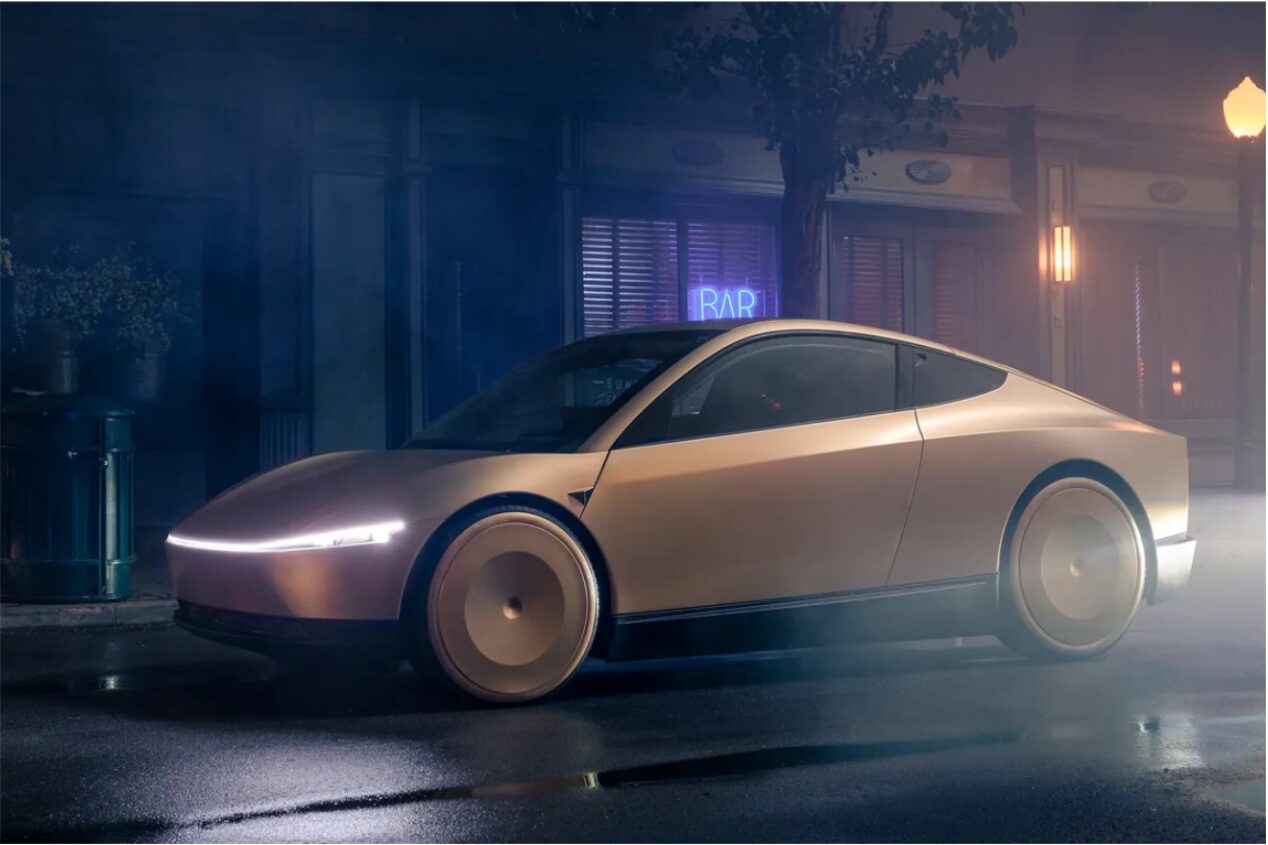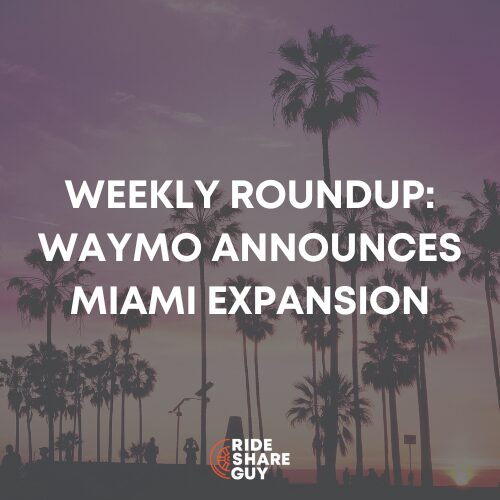More rideshare drivers are using Teslas as makeshift robotaxis. Tesla shows off its new robotaxis designed for rideshare, but financial analysts are not pleased. Rideshare drivers in NYC seek justice over lockouts. We break it all down for you.
Rideshare Drivers Use Teslas as Makeshift Robotaxis, Raising Safety Concerns

SOURCE – Reuters
More rideshare drivers are using their Teslas as makeshift “robotaxis,” raising safety concerns. These safety concerns come after an Uber driver, transporting a passenger using Tesla’s Full Self-Driving (FSD) software, collided with an SUV at an intersection in suburban Las Vegas in April, sparking safety concerns around the use of the software.
- Rideshare drivers who use the software say they do so to drive longer hours on the platform, likely due to reduced earnings over the past year.
- RSG Senior Contributor Sergio Avedian chimed into the story, highlighting that while FSD can be beneficial, he does not feel completely comfortable using it for passenger rides. He said roughly 30% to 40% of Tesla ride-hail drivers in the U.S. regularly use FSD, even while recognizing its limitations in complex driving situations such as airport pickups and construction zones.
- Federal and state authorities classify Tesla’s FSD as requiring driver oversight, unlike fully autonomous systems used by Waymo and Cruise, which are subject to stricter regulations. Tesla markets its driver assist software as “Full Self-Driving,” which could cause confusion.
Tesla Unveils Its Autonomous Ridehail Vehicle, the Cybercab

SOURCE – The Verge
Tesla unveiled its “Cybercab,” a prototype robotaxi intended to create a rideshare service that could compete with Uber and Lyft. This self-driving electric vehicle, dedicated solely to autonomous operation, features a futuristic design with upward-opening doors and space for two passengers while notably lacking a steering wheel, pedals, or charging plug — as the charging is done inductively.
- Tesla CEO Elon Musk said operation costs for the car can run as low as 20 cents per mile and safety rates 10-20x better than human-driven cars. Tesla plans to begin Cybercab production by 2026 or 2027.
- As outlined in the previous story, Tesla faces competition and regulatory challenges in proving the safety of its autonomous technology amidst public concern. It is unclear whether these hurdles could be cleared in two years.
- Some analysts expected more out of Tesla’s robotaxi announcement, which sparked a drop in the stock.
How Uber and Lyft Exploited Regulatory Loopholes To Deny NYC Drivers Millions in Pay

SOURCE – Bloomberg (Paywall free version: https://archive.ph/RXzic)
Uber and Lyft used a loophole in New York City’s pay formula to limit driver access to the platform, leading to significant financial losses for drivers amidst high demand, according to an investigation from Bloomberg. Despite high demand on the platform, the lockouts were widespread and financially damaging, occurring almost round-the-clock and exploiting the pay formula that was created to protect drivers.
- The news agency built a WhatsApp tipline to crowdsource 7,307 screenshots from 896 Uber and Lyft drivers between Aug. 14 and Sept. 8, 2024.
- The utilization rate, which measures the time drivers spend with passengers, was manipulated by companies to appear busier on paper, reducing driver payouts by potentially millions of dollars.
- While Uber and Lyft argued that these measures were necessary under the city’s minimum-wage law, drivers and officials criticized the resulting instability and financial harm to thousands of rideshare workers.
Rideshare Drivers Seek Federal Intervention Over Alleged Collusion in ‘Lockouts’ by Uber and Lyft

SOURCE – AM New York
Rideshare drivers, organized by the New York Taxi Workers Alliance (NYTWA), are calling for the Federal Trade Commission (FTC) to investigate Uber and Lyft’s alleged practice of “lockouts,” a move that drivers claim amounts to collusion between the rideshare giants.
- Following up on the Bloomberg investigation on this issue, which uncovered widespread financial impacts due to driver lockouts, the NYTWA has intensified its efforts to bring regulatory attention to these practices.
- The NYTWA argues that a recent city-brokered deal intended to resolve the issue fell short, as it required Lyft to increase lockouts while Uber decreased them, effectively maintaining driver restrictions across the two platforms.
- The alliance has also urged the FTC to consider these practices as collusion and seek intervention and regulatory reform.
Uber To Pay Drivers for EV Mentorship

Source – YouTube Shorts
Uber is rolling out a new EV Mentors program. The program is intended to connect experienced EV drivers with drivers who are new or interested in EVs, allowing them to answer questions and share their experience with driving an EV on the Uber platform. But will it be enough to convince drivers to switch to electric? Check out a YouTube Short on the topic.
QUICK HITS
- After the disappointment from some analysts about Tesla’s robotaxi strategy, Uber’s stock price rose. – Yahoo! Finance
- If you drive for DoorDash, expect to deliver more groceries. The company announced five new grocery partnerships. – PYMNTS
- A Pennsylvania federal judge threw out a product liability case against Lyft. — Law360
Must Listen Or Watch RSG Content
Here are this week’s featured podcast episode and YouTube videos:
- RSG262: GetScale’s Garrett Wood on Finding and Hiring Rideshare and Delivery Drivers
- Uber COMBINES Trip Preferences Again
- How I Save $250 Per Year On Gas
- Why This Instacart Shopper Takes Every Job She Can Get!
- The Rideshare Guy en Español
- Make sure you Subscribe so you don’t miss out on future conversations and interviews!





